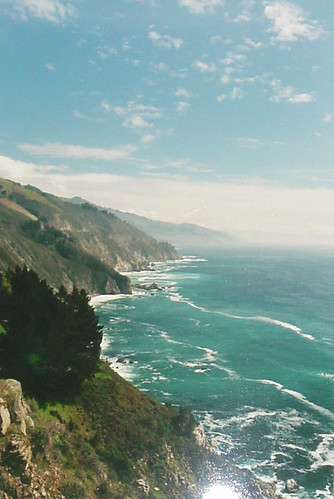Remember This: Your Brain Is Cool
During the course of the racing (car) game, participants drove under five billboards. They were not told anything about the billboards, and the idea was to check whether they noticed. We measured physiology to determine whether they were subconsciously noticing (they were), and we later measured their memory to see whether they actually stored the brand names.
First, participants were asked to freely recall the brands that they saw. Performance on this task was not especially good (16%). Later, participants were asked to recognize the brands among other brands in the same product category. Performance on this task was about 40%.
The main points of the study are pretty interesting; however, one little observationt that will not make it in the final paper was pretty interesting.
For each of the five brands, participants could either recall it or not. Furthermore, they could recognize it or not. Obviously, some people were more likely to pay attention to the driving (gamers, it turns out), and some people were more likely to pay attention to the billboards (nongamers, it turns out). Harsha knew this would be the case, but I did not.
For each brand, we could examine whether the probability it was recalled was related to the probability that it was recognized. Perhaps participants good at recall were simply good at recognition.
But this was not the case with our data. For each brand, the probability that it was recalled was significantly correlated with the probability that it was recognized. Furthermore, for each brand, the probability that it was recalled was most strongly related to its own probability of recall.
It could be the case that recalling Brand A was most strongly related to recognizing Brand B -- perhaps even by random chance. But this was not the case. In every case, A was most strongly related to A, and so on.
In many ways, this should be the case. But the fact that it was consistently the case suggests that our measurements of recognition and recall were indeed indexing how well these brands were encoded, stored, and subsequently retrieved from memory.
One kind of memory for each brand was strongly related to another kind of memory for that same brand and only weakly related (at best) to memory for other brands seen perhaps a minute before or after.
When you're trying to understand this limited-capacity attention and memory system of ours, such data are helpful.
Although this, too, will not make it in the paper, visual inspection of the physiological data (cardiac response curves) suggests that participants had an involuntary reflex associated with sensory intake for the brands the recognized but not as much for those that they did not recognize.
This tidbit is pretty awesome, but it will also not make the final paper due to how we analyze data. Although the most appropriate statistical test backs up the "story" told in the preceding paragraph, the highly specialized nature of that particular test makes it seem as if we are being disingenuous in looking for statistical significance. Thus, it is easier to omit than to justify.
All of this continues my respect and love for the human brain. What an amazing device.
Labels: advertising, brain, psychophysiology, recall, recognition, video games











 FOLLOW SAM ON TWITTER
FOLLOW SAM ON TWITTER
 SUBSCRIBE TO THIS FEED
SUBSCRIBE TO THIS FEED
